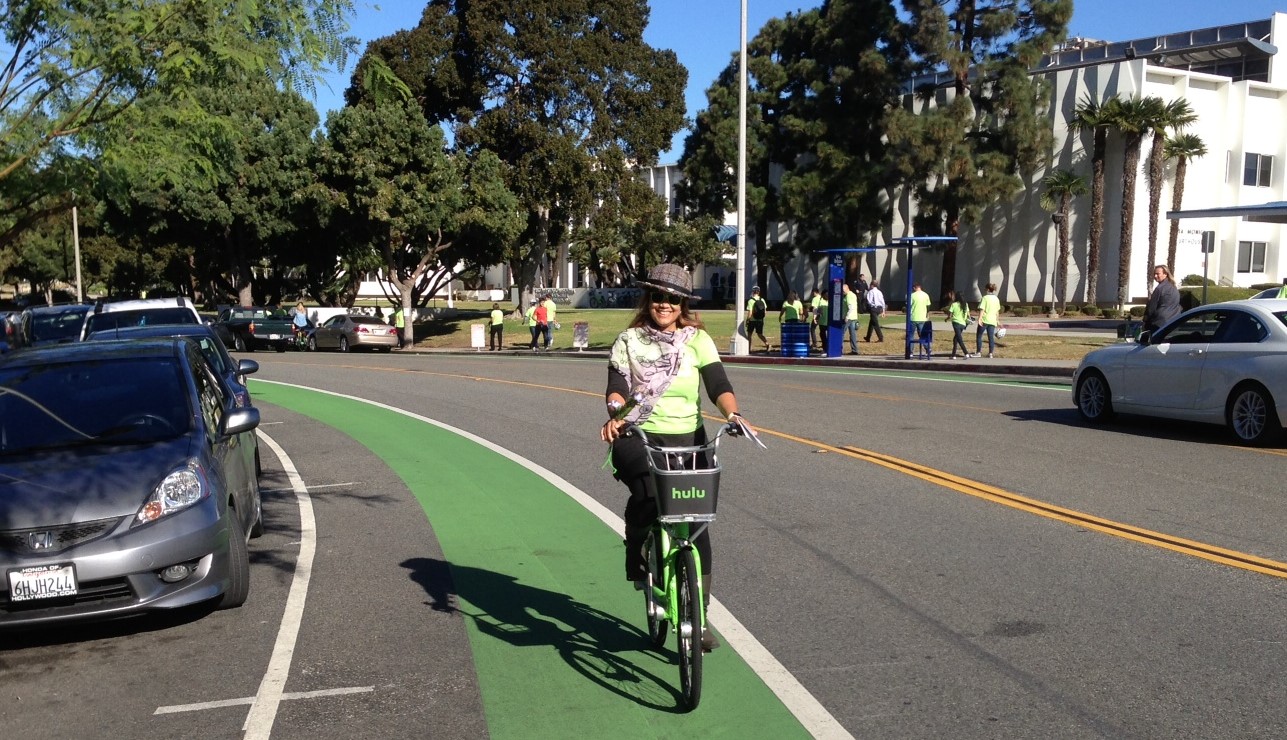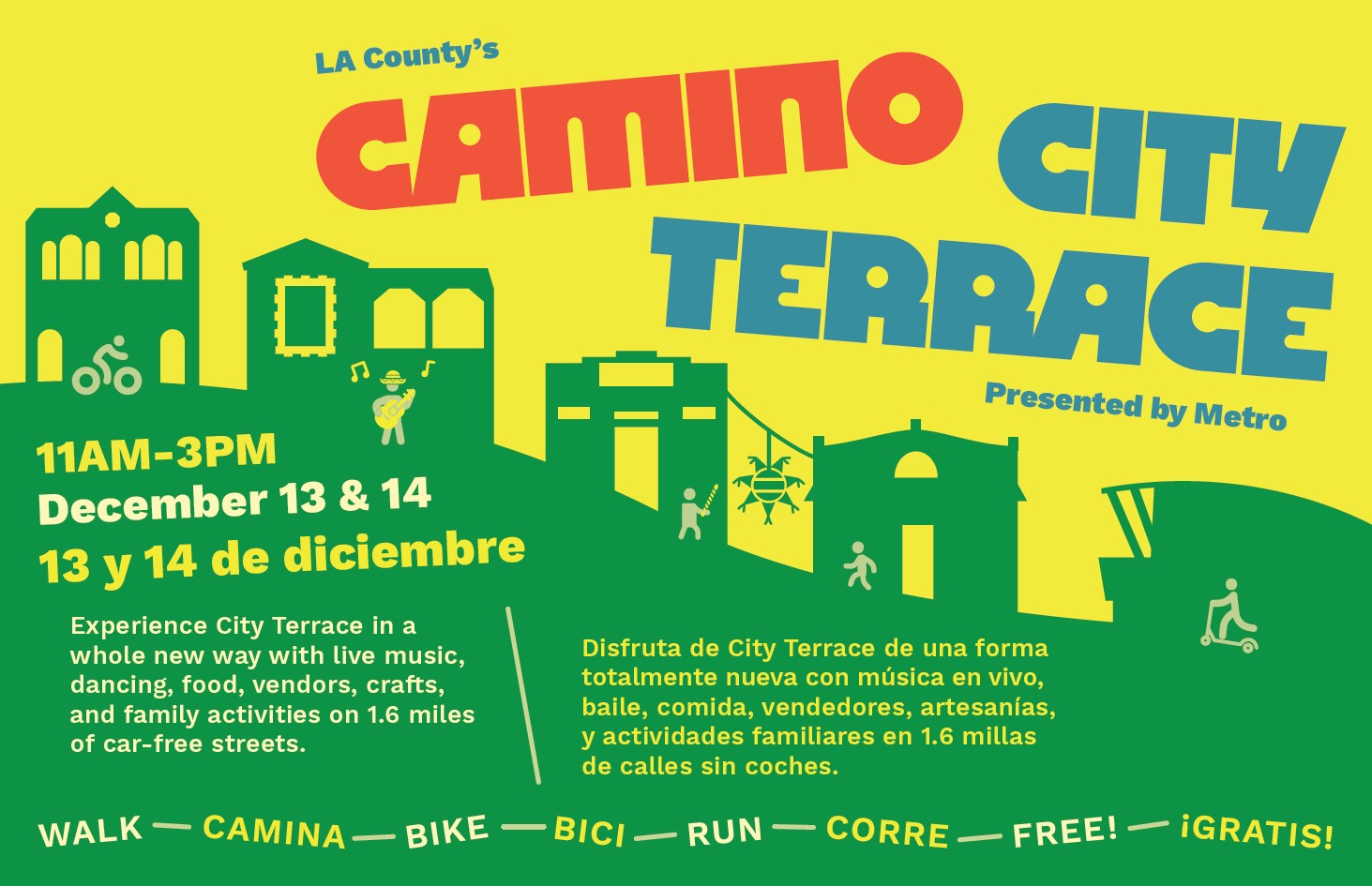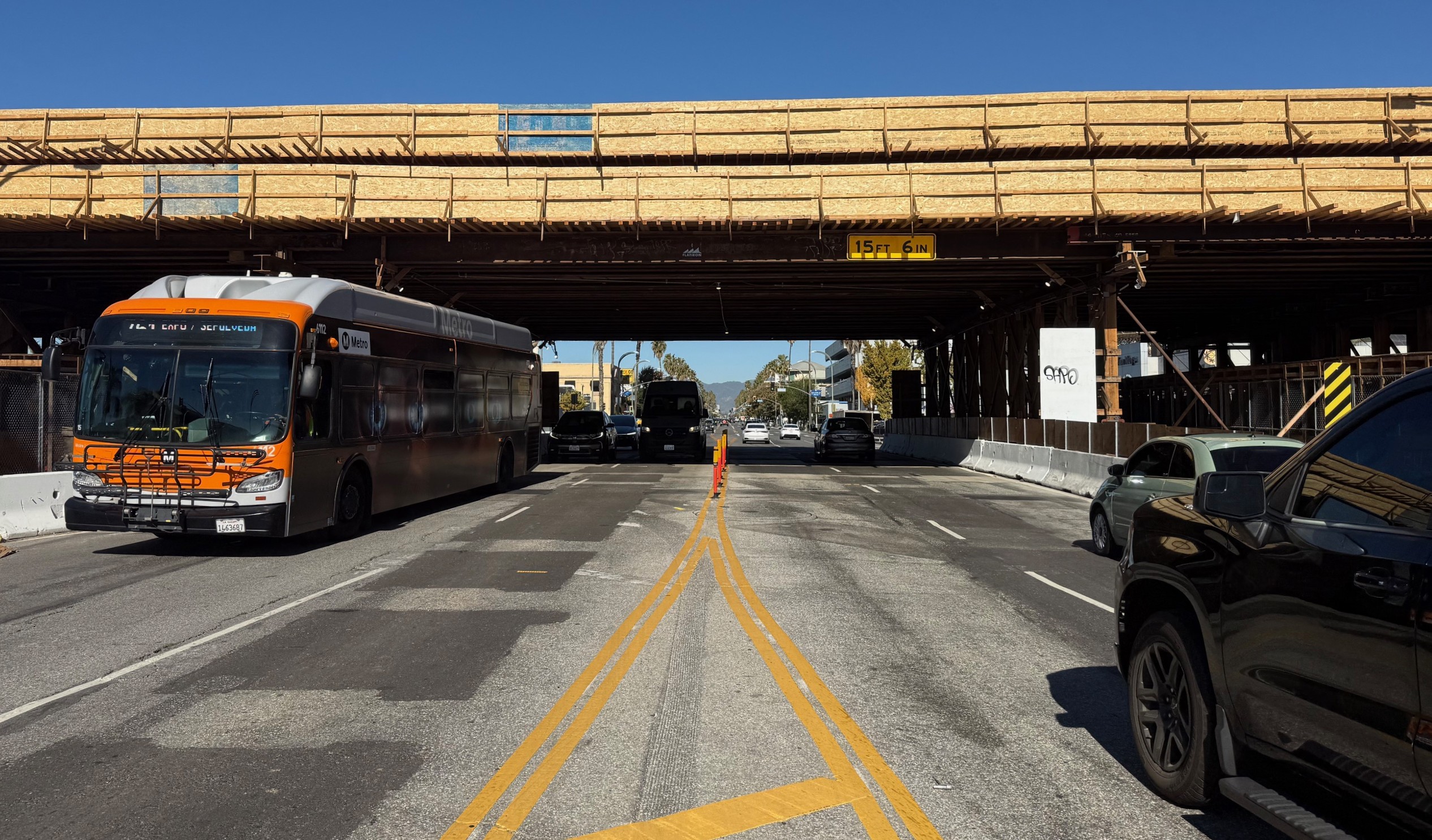Note: GJEL Accident Attorneys regularly sponsors coverage on Streetsblog San Francisco and Streetsblog California. Unless noted in the story, GJEL Accident Attorneys is not consulted for the content or editorial direction of the sponsored content.
One of the agenda items at last week's California Transportation Commission meeting was a brief update on progress being made to meet the goals of the Statewide Bike and Pedestrian Plan.
Caltrans' Division Chief of Transportation Planning Marlon Flournoy and his team are working on a progress report on the department's 2017 plan, "Towards an Active California." That plan was a compendium of potential policies and measures that could lead to increased biking and walking while reducing fatalities among vulnerable road users. It was Caltrans' first serious attempt at naming priorities, defining performance measures, and setting out intermediary goals towards those ends.
A lot has changed since the plan was released. Concern about climate change deepened, as have horrific increases in traffic fatalities. Both of these issues are reflected in a heightened interest at the state level in planning and building safe infrastructure for people not in cars. The work is (very) far from done, but this draft progress report is a first documentation of progress being made.
It outlines where the state has made progress on the plan's main goals and objectives, including safety, mobility, preservation, and social equity. Much of the progress it describes is still in the baby step stage. For example, all twelve districts have completed an Active Transportation Plan; Caltrans officially adopted a "Safe Systems Approach" and developed a toolbox of pedestrian safety "counter measures," presumably meaning they must counteract existing car-centric (still being built) infrastructure that puts pedestrians in danger.
The progress report also outlines current and future actions in its various areas of concern, including education on traffic safety (sorely lacking!), design, creating connected networks and improving multimodal access.
It's both overwhelming - there are so many areas being worked on - and underwhelming - there is so much more work that needs doing. Caltrans is still gathering input for the report, and seeking information from agencies and organizations who have achieved some success or are currently working on projects - or are planning to do so.
Presumably failures and feedback on areas that need improvement would also be useful in this progress report. One of the bits of information the team says it wants is information about policy, equity, and climate topics that are missing and should be included when the Statewide Bike and Pedestrian Plan itself is updated.
More information, and the draft report, can be found here. On Friday, December 16, at 10:30 a.m., Caltrans staff will host a public webinar to discuss the report, talk about the data that has been gathered so far, and highlight some of the progress made.







